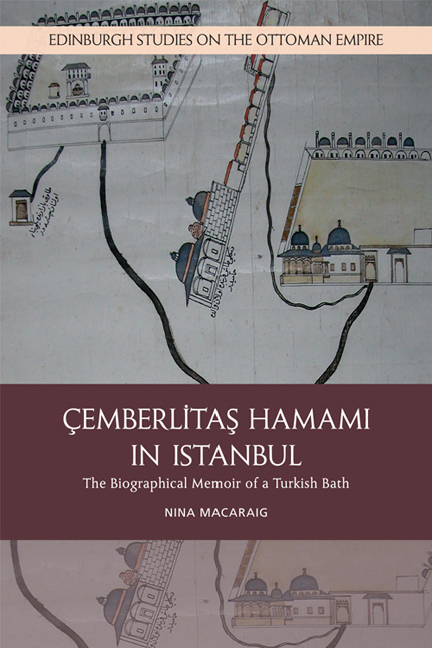Book contents
- Frontmatter
- Contents
- List of Tables
- List of Figures
- Preface
- Acknowledgements
- Note on Transliteration
- Introduction
- 1 Ancestry
- 2 Family
- 3 From Birth to Breadwinner
- 4 Impressions and Identity
- 5 In Sickness and in Health
- 6 Old Age
- 7 Second Spring
- Epilogue
- Appendix: Endowment Deed of the Atik Valide Vakfı (VGM, D. 1766)
- Notes
- References
- Index
2 - Family
Published online by Cambridge University Press: 28 April 2021
- Frontmatter
- Contents
- List of Tables
- List of Figures
- Preface
- Acknowledgements
- Note on Transliteration
- Introduction
- 1 Ancestry
- 2 Family
- 3 From Birth to Breadwinner
- 4 Impressions and Identity
- 5 In Sickness and in Health
- 6 Old Age
- 7 Second Spring
- Epilogue
- Appendix: Endowment Deed of the Atik Valide Vakfı (VGM, D. 1766)
- Notes
- References
- Index
Summary
It describes how the aforementioned, most exalted valide sultan established her endowment to lavish her benevolence on the people of Istanbul and Üsküdar, and the many lofty buildings she erected: a noble Friday mosque with many dependencies on the hitherto empty hills of Üsküdar, including schools, a hospital, an inn for weary travellers, and the like. And it describes what sums were needed and what expenses were made for the upkeep of these charities and where the money for the upkeep of these charitable buildings came from – it came from Çemberlitaş Hamamı, together with the Atik Valide Hamamı and the Büyük Hamam and the Havuzlu Hamam, all of which the wise valide sultan built in such a way as to invite many visitors.
The Atik Valide Vakfı
Already before 1571, when the designing and procuring of building materials for her mosque complex began, Nurbanu had planned to establish a vakıf, a perpetual charitable endowment to support the construction and maintenance of the buildings. Such endowments had tied (and held) together economic, religious, social and cultural life in the Ottoman Empire since its inception, following Byzantine, Arab and Seljuk models. The sultan who conquered Constantinople, Mehmed II (r. 1444–1446, 1451–1481), very well understood the utility of endowments for urban development, establishing two of the largest evkaf in the entire empire, one in his own name, the other in that of the Hagia Sophia. At the same time, he urged officials and dignitaries of his court to do the same and to construct buildings with commercial, social and religious purposes. That the resulting mosque complexes provided durable focal points for urban development is still evident in those neighbourhoods that carry the mosque founder's name – such as Davutpaşa or Mahmutpaşa. The building complexes provided an urban infrastructure in the form of water supply, roads and canalisation; employment opportunities through their hiring of personnel; business opportunities through the creation of market space, baths and inns; and social and cultural facilities in the form of schools, convents, public kitchens and hospitals. Although the foundation's income was not subject to taxes and therefore promised no profit for the state's coffers, endowed complexes had other advantages for governing Ottoman subjects.
- Type
- Chapter
- Information
- Cemberlitas Hamami in IstanbulThe Biographical Memoir of a Turkish Bath, pp. 52 - 72Publisher: Edinburgh University PressPrint publication year: 2018



